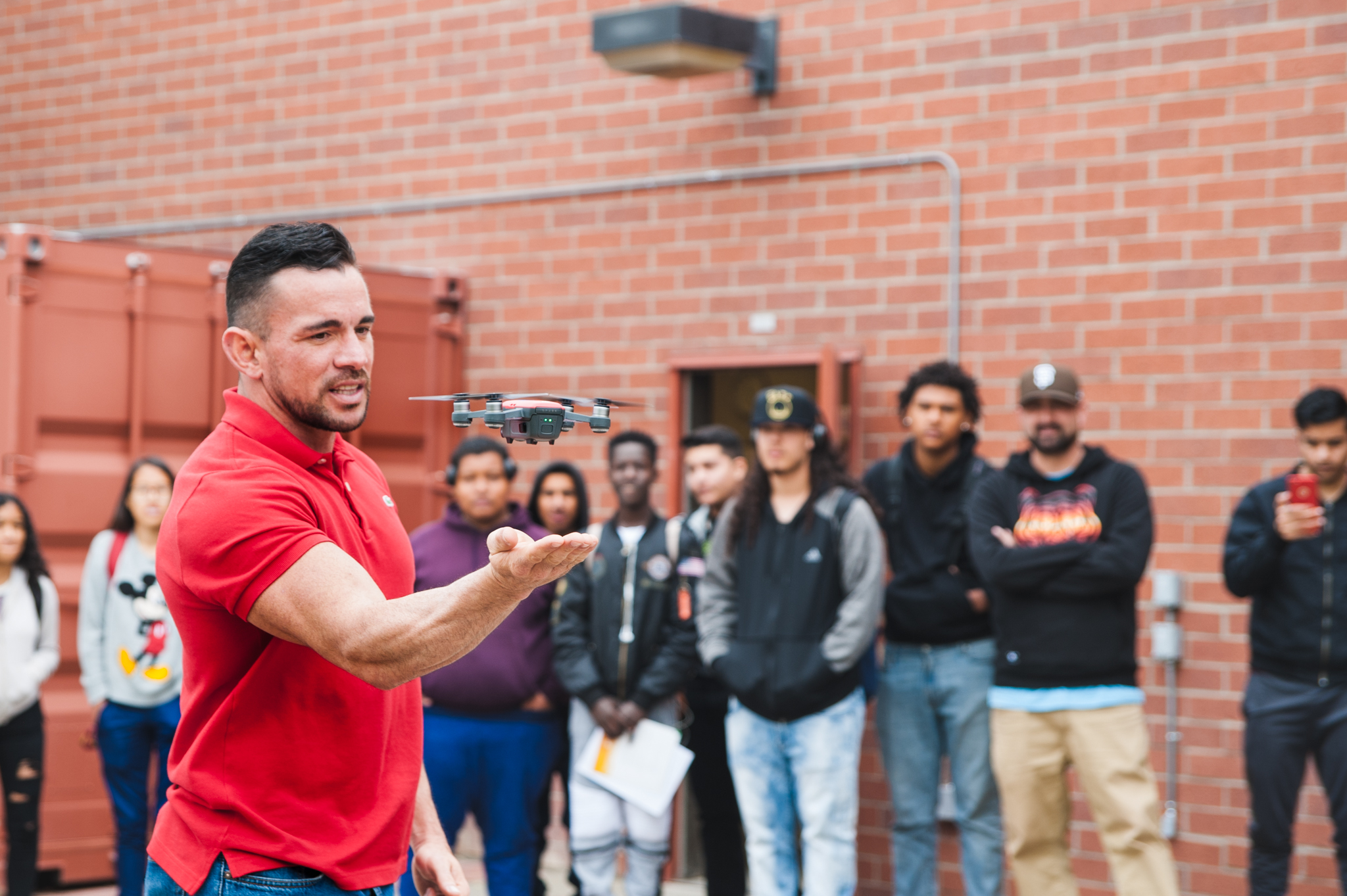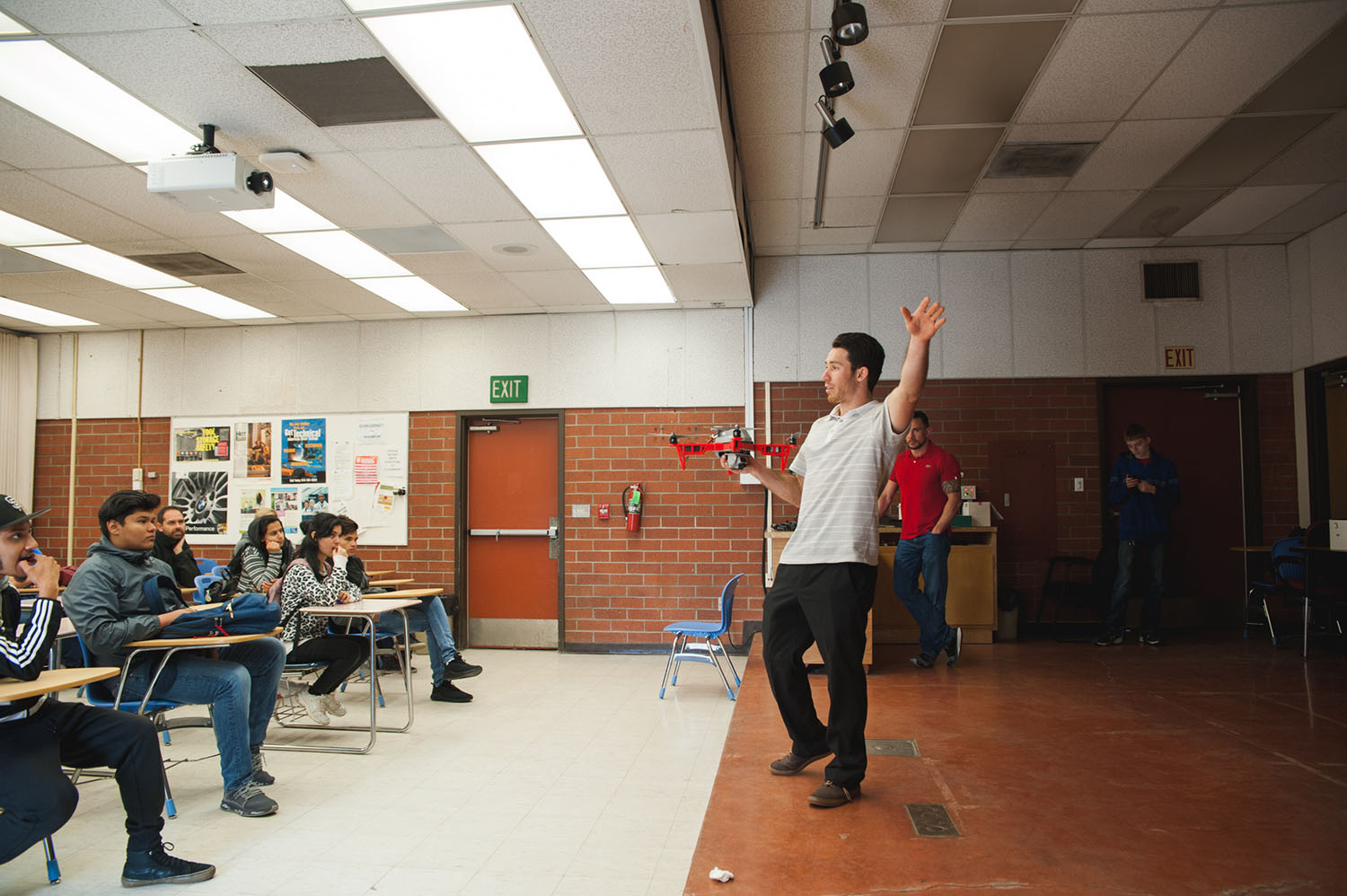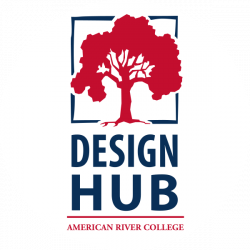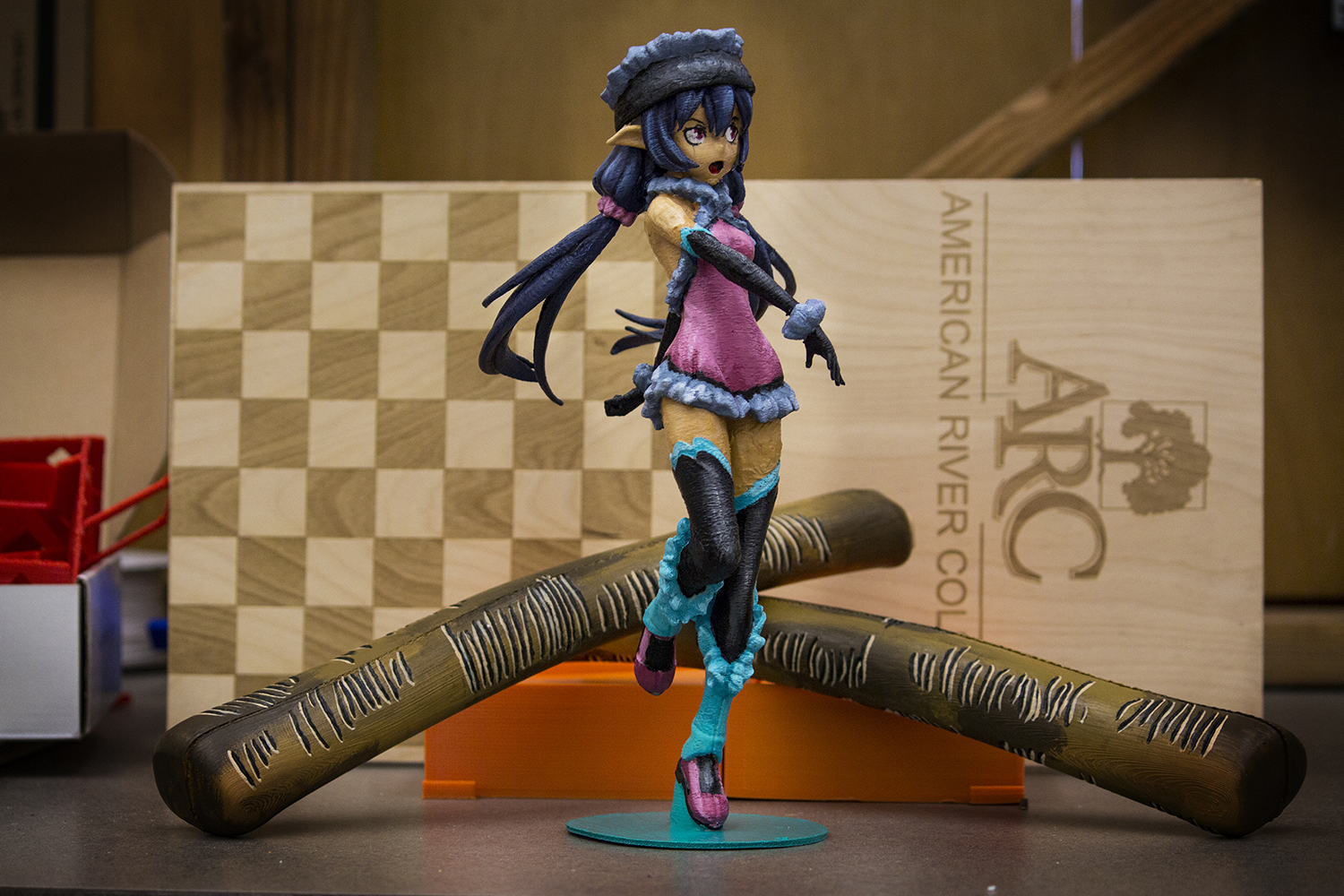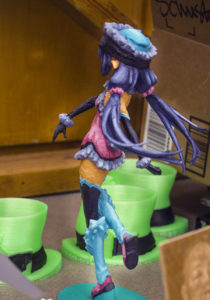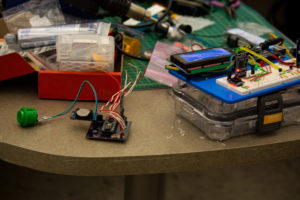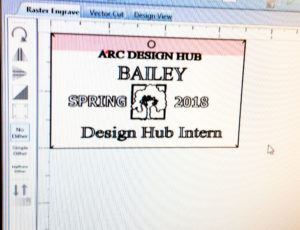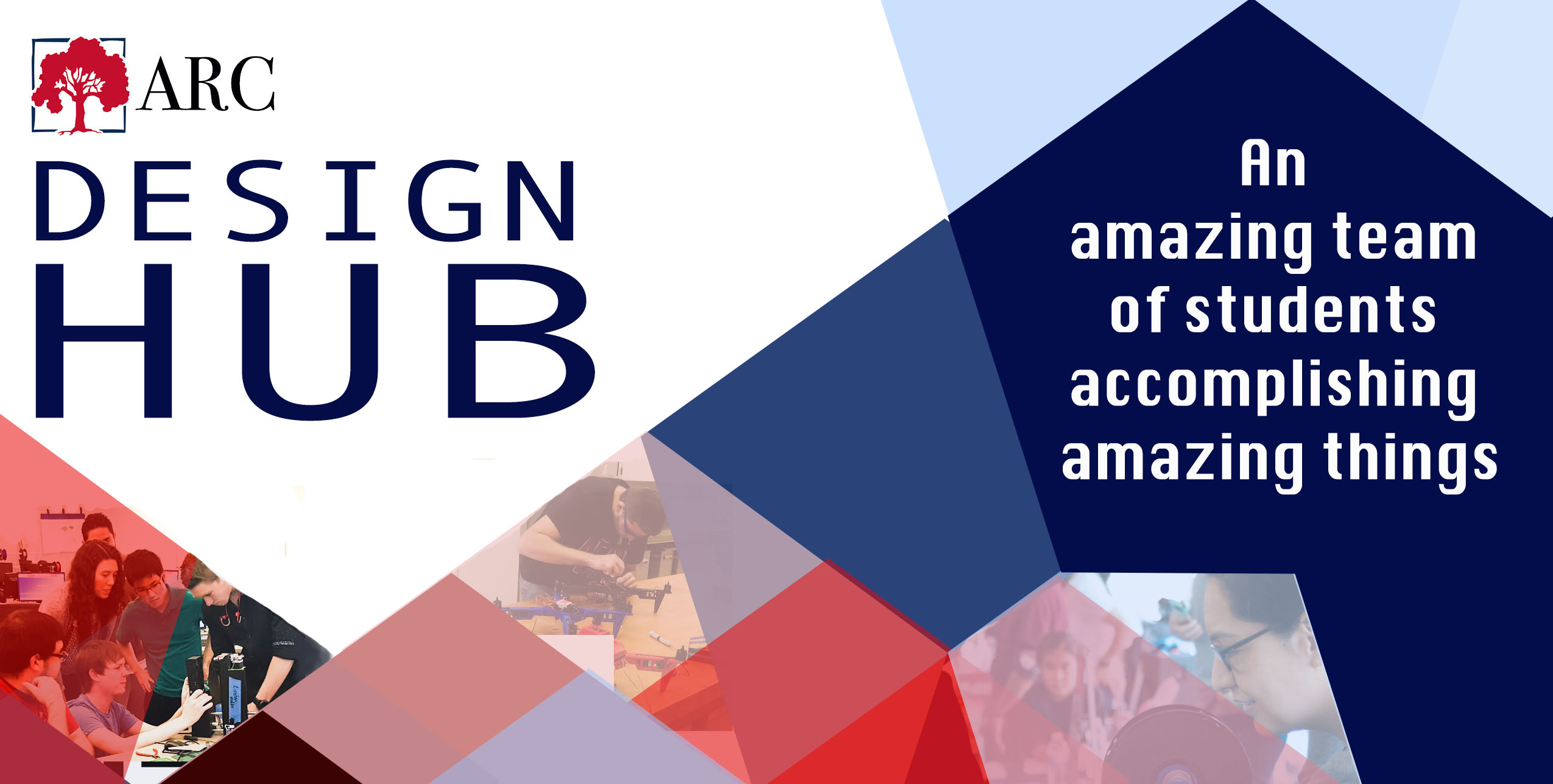
Our Monthly Email List is fired up and ready to go! Although, some of our readers may have some questions about what it is, what it’s for, and who it’s for. Today we are answering those questions! So we’ll dive right in.
WHAT IS IT?
This will be a nice summary and recap on everything that is going on each month behind the scenes at the Design Hub that will be conveniently sent out to all of our members who sign up on our email list.
Basically everything that we post here on our website: our projects, events, meetings, everything we make, and everything we’re about is going to be condensed into one time-friendly, easily- digested email. This email will, of course, come complete with pictures and links to all of our social media in case a certain story sparks a little extra interest and someone wants to see more.
WHY AN EMAIL RECAP/ HOW DO I SIGN UP?
Just because we know that not everyone makes it directly to our website all of the time. So, for this reason, we wanted to make a nice, readily available, quick-read version of all of the neat stuff going on here, and send it out to everyone who wants to keep in the loop, but may not have the time to browse every single article on our website.
To sign up, use the QR code or link below!
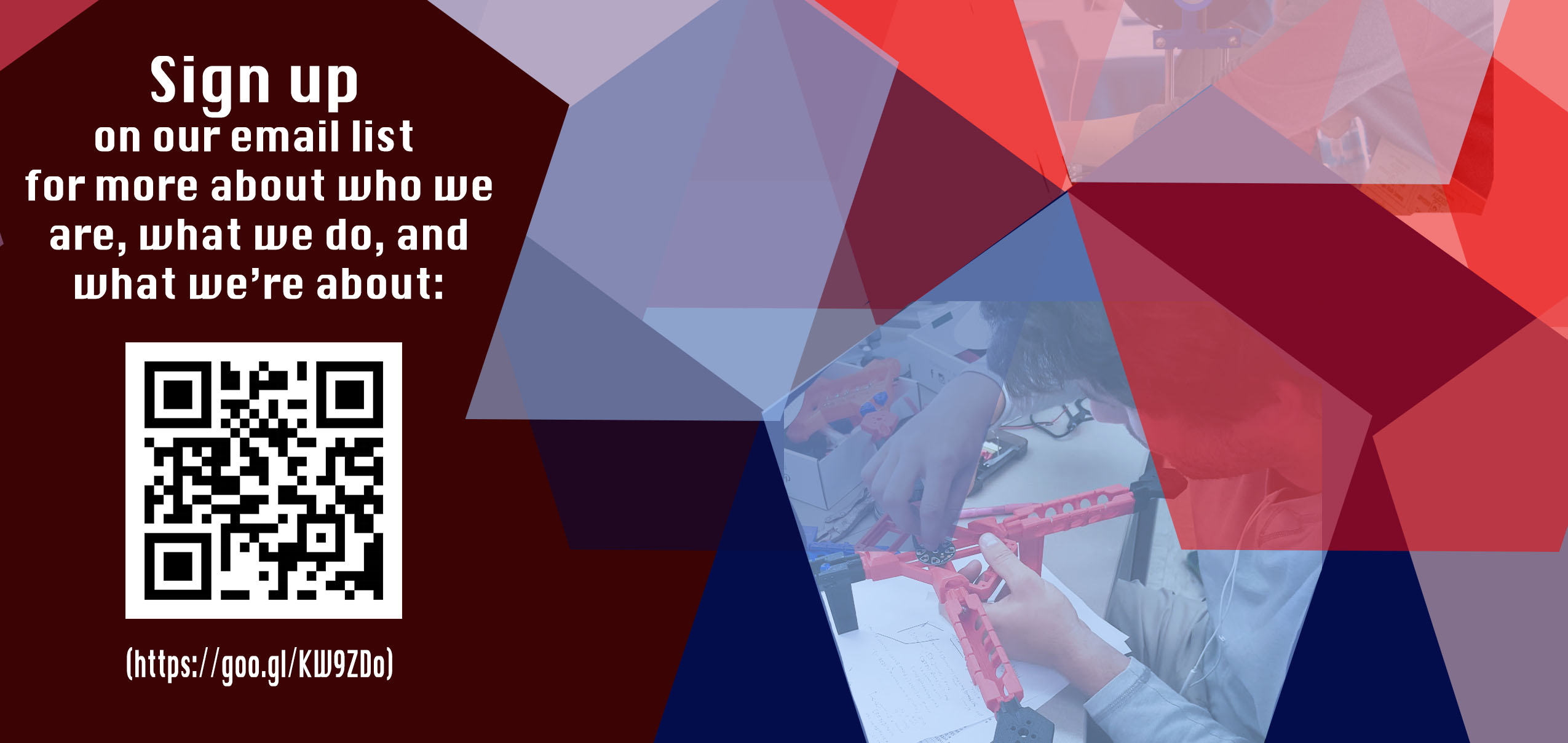
WHO IS IT FOR?
Most of our audience members are busy, hustling college students. We know this. ~Quick shout out to them!~ The rest of our following are tech savvy, busy-minded people who love efficiency and access. We know and love our demographic. That’s why we want to make it easier for our Design Hub story to reach our audience members.
This monthly email recap is for anyone who wants to keep in the loop with all of the incredible projects we have going on at the Design Hub. I suggest everyone gives it a peek.
WHY SHOULD I SIGN UP?
If you want updates on internship or work opportunities, or to stay in the know with campus events, clubs at ARC, or simply just read up on the cool things our student interns are creating and doing, sign yourself up! It’s easy, convenient, and -every college student’s favorite “F” word- free.
HOW DO I SPREAD THE WORD?
Word of mouth is huge for us. Most of the interns we have now came dancing over to us after they were told about the Hub from their professors, friends, and colleagues. We also love seeing our accounts tagged with your stuff on social media. It may seem simple, but every like, tag, favorite, or retweet on Twitter and Instagram is HUGE for us because that means just one more person is seeing what we do. And if it inspires or speaks to them, then we consider that a big win for the Design Hub.
Forwarding our emails that we send out every month to people who may be interested would also immensely help- not only the Hub, but anyone who may benefit from hearing about the opportunities we can offer to them. Sending over the links to sign up, visiting our website, or even applying to be an intern yourself!
Sign up today, everyone. We really appreciate the support and love we’ve gotten so far. Lets spread that love a little farther.

